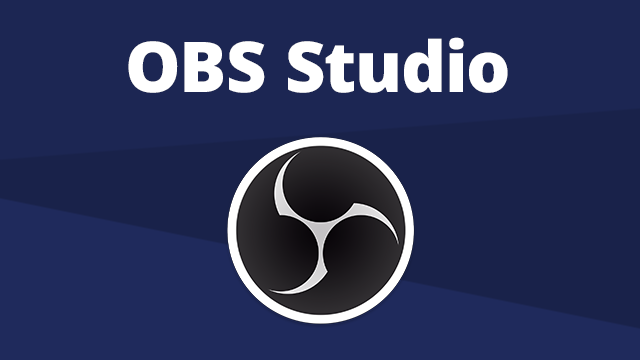Hi, I'm new to OBS, successfully using scenes, have audio questions
I have not fully explored what already works in audio, except for reasons unclear to me, if I am running a Capture Device with audio input, that is my default streamed and recorded audio; but if I plug in a computer microphone, audio switches to that and silences the Device audio. I'd appreciate clarification of why that is, though guess it's not so important?
More broadly, I'd like to set up possibility of using audio from 3 [maybe more later] immediate sources, for both streaming and recording [must I do things differently for stream vs record?] with the ability to use zero, 1, 2, or all 3 at a time; of the Device Capture audio; the computer mike audio; and my main audio mix bus Focusrite 1 and 2, available in OBS [though why only 1 and 2, as opposed to Master, or choices?]
I am referring to

 obsproject.com
which unlike quickstart and general obs use pages, I find confusing.
obsproject.com
which unlike quickstart and general obs use pages, I find confusing.
1] Elsewhere I am cautioned not to use advanced features unless I am confident, which I am not. Will trying this screw up my audio settings and be hard to at minimum return to my present audio settings? Can't start experimenting until this one's answered!
2] It says "pick any encoder that is not "same as stream"". Really? It makes no difference which of the half dozen options I see in my OBS? That SEEMS illogical.
2] If I "pick any encoder that is not "same as stream"", will this disable or otherwise harm my audio when I do stream? Must I go into Settings and restore/change the earlier settings each time I want to toggle between stream-suitable audio and recording multi-track audio?
Once question 1 is clear, I can experiment and will revisit this thread with any questions which arise. Thanks!
I have not fully explored what already works in audio, except for reasons unclear to me, if I am running a Capture Device with audio input, that is my default streamed and recorded audio; but if I plug in a computer microphone, audio switches to that and silences the Device audio. I'd appreciate clarification of why that is, though guess it's not so important?
More broadly, I'd like to set up possibility of using audio from 3 [maybe more later] immediate sources, for both streaming and recording [must I do things differently for stream vs record?] with the ability to use zero, 1, 2, or all 3 at a time; of the Device Capture audio; the computer mike audio; and my main audio mix bus Focusrite 1 and 2, available in OBS [though why only 1 and 2, as opposed to Master, or choices?]
I am referring to
Advanced Recording Guide With Multi Track Audio
OBS Studio - Free and open source software for live streaming and screen recording - obsproject/obs-studio
1] Elsewhere I am cautioned not to use advanced features unless I am confident, which I am not. Will trying this screw up my audio settings and be hard to at minimum return to my present audio settings? Can't start experimenting until this one's answered!
2] It says "pick any encoder that is not "same as stream"". Really? It makes no difference which of the half dozen options I see in my OBS? That SEEMS illogical.
2] If I "pick any encoder that is not "same as stream"", will this disable or otherwise harm my audio when I do stream? Must I go into Settings and restore/change the earlier settings each time I want to toggle between stream-suitable audio and recording multi-track audio?
Once question 1 is clear, I can experiment and will revisit this thread with any questions which arise. Thanks!
Last edited:
